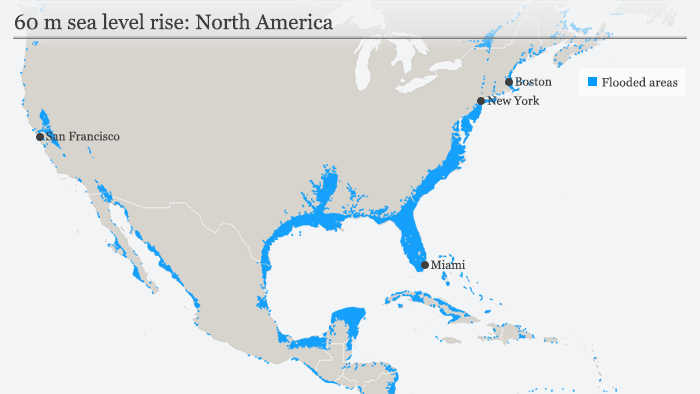However mangroves are more likely to survive when sea level rise is less than 5 millimeters about 02 inches per year which is projected for low-emissions scenarios this century according to a Rutgers University statement. In that scenario there could be two feet of sea level rise by 2040 three feet by 2050 and much more to come.
 C40 The Future We Don 39 T Want Staying Afloat The Urban Response To Sea Level Rise
C40 The Future We Don 39 T Want Staying Afloat The Urban Response To Sea Level Rise
Sea levels could rise as much as 19 inches by 2050 according to what the report calls mid-range projections The team used data from the US.

How much will the sea level rise by 2050. The University of South Florida in Tampa. The lowest emission scenario is also referred to as RPC3PD because it posits a peak warming of 3 wm2 by 2070 490 ppm CO2 and equivalents and a reduction to 26 wm2by 2100. From 2000 to 2050 global average sea-level will most likely rise about 6 to 10 inches but is.
PD stands for PeakDecline. The number likely to be directly affected by sea level rise on low-lying coasts and melting glaciers in high mountain regions in 2050. A draft version of the next report from the IPCC AR5 due for publication in 2014 was recently leaked.
New research suggests that 300 million homes. D8089822-678e-4834-a1ec-0dca1da35314 The panels show feet of sea level above 1992 levels at different tide gauge stations based on a an 8. The US National Oceanic and Atmospheric Administration NOAA predicts global average sea levels will rise by as much.
Coastline and under different SLR scenarios mostly due to land subsidence or uplift Ch2. Two to three feet of sea level rise may not sound like much but it will transform. According to Climate Central a non-profit environmental organization led by scientists and journalists global sea levels will rise between two and seven feet or more.
A new study suggests that by 2050 sea-level rise will affect the homes of 300 million people worldwide. By 2050 land now home to 93 million people could be lower than the height of the local average annual coastal flood. Mangrove trees do a lot of good for people.
But despite the differing approaches a clear story is emerging regarding the coming decades. 18 billion people. Geological Survey to map all areas along the.
Sea level rise of between 13 and 69 centimeters by the 2050s is projected for NASAs five coastal centers and facilitiesEven under lower sea level rise scenarios the coastal flood event that currently occurs on average once every 10 years is projected to occur approximately 50 percent more often by the 2050s in the GalvestonJohnson Space Center area. But some estimates for sea level rise are even more extreme. Shanghai which is the countrys most populous city is projected to be.
And Old Dominion University in. By 2050 sea-level rise will push average annual coastal floods higher than land now home to 300 million people according to a study published in. A new report based on new projections of coastal elevations that indicates a seven-fold rise in populations that will be displaced by sea level rises and consequent flooding by 2050 should force.
Sea levels are already rising globally at a rate of more than 3 millimeters a year although some places are already seeing even more drastic change. In Thailand more than 10 percent of citizens now live on land that is likely to be inundated by 2050 compared with just 1 percent according to the earlier technique. The amount of sea level rise SLR by 2050 will vary along different stretches of the US.
2 to 3 times as often near Langley Research. If the rate of ocean rise continues to change at this pace sea level will rise 26 inches 65 centimeters by 2100 enough to cause significant problems for coastal cities according to the new assessment by Nerem and colleagues from NASAs Goddard Space Flight Center in Greenbelt Maryland. The political and commercial.
Rising sea levels are on track to affect about three times more people by 2050 than originally thought.










